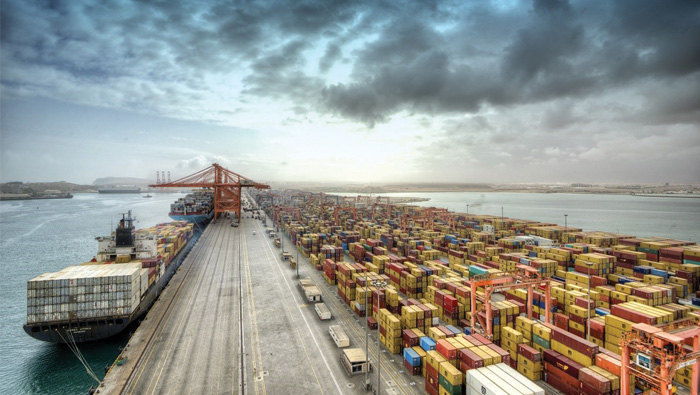
Muscat: Non-oil exports from Oman to India have increased by almost a third, according to newly-released government data.
Non-oil Omani exports to India rose by 32 per cent to reach OMR373.7 million at the end of November 2018, up from OMR283.2 million during the same period in 2017, according to the National Centre for Statistics and Information.
India’s Ambassador to Oman has said that one of the reasons this is so is because of the results of the country’s Tanfeedh programmes for economic diversification, adding that the Sultanate could always count on help when it came to future industrial and economic cooperation.
“The immediate attention has not changed from the day I had arrived,” said Munu Mahawar.
“The top priority has been to implement the decisions taken during our Prime Minister’s visit, where leaders reviewed the entire gamut of the relationship, and then identified the steps to either strengthen cooperation in existing areas of cooperation or to initiate cooperation in new areas.
“That has been our focus, to have very strong partnerships in various areas, whether it is defence and security, political relationships, economic relationships, but in terms of new areas, we feel that India can be a strong partner for Oman in all five priority areas that were identified under Tanfeedh, and also, we feel that we can be a strong partner for the realisation of Vision 2040,” he added.
Tanfeedh, Oman’s programme for economic expansion, aims to increase its revenue base and take it away from traditional oil-and-gas-based sources of fossil-fuel derived income.
Five areas of expansion with high potential have been earmarked, including tourism, transport and logistics, manufacturing, mining and energy and agriculture and fisheries.
“These sectors are the sectors where we are trying to explore opportunities, whether it is mining, tourism, manufacturing, skill development, we think there are huge possibilities in all these areas, and I am happy in the way engagement is proceeding,” Mahawar added. “We are hopeful that we will see positive results.”
The ambassador said: “Every month, you see new investment opportunities from India coming into Oman. I interact very regularly with business leaders as well as the leadership of free zones, and they are quite enthusiastic and happy about their engagements with India. All in all, I see a great future for the relationship.”
Overall, India ranked second in terms of the countries Oman exported to, with net exports from Oman to India totalling OMR970 million as of December 2018. China remained number one with a massive OMR6.8 billion worth of goods Oman exported.
In terms of non-oil exports, India remained in third place when it came to importing non-oil Omani products.
The UAE remained first (OMR719.7 million) and Saudi Arabia (OMR493.4 million) were first and second respectively. According to Manafeth, the NCSI trade statistical gateway, the major non-oil products exported by Oman to India were urea, limestone and gypsum.
In addition, the Government of India’s Export Import Data Bank from the Department of Commerce says that some of the commodities exported to India in higher numbers include fertilisers, salt, sulphur, lime, cement, ships and boats, aluminium, plastics, iron and steel, organic chemicals, fruits and nuts, boiler and factory machinery, animal fodder, paper and paper pulp, seafood, sugar and sugar confectionery, natural and cultured pearls, semiprecious stones, and electrical machinery.
A statement from India’s Ministry of External Affairs said in this matter: “Investment flows, both ways, have been robust, as reflected in numerous joint ventures, established both in India and Oman. Indian business delegations regularly visit Oman to participate in important trade exhibitions in Oman. To facilitate business matchmaking with Omani companies for the Indian delegations, the embassy regularly organises business-to-business meetings in sectors like healthcare, infrastructure, construction, IT, minerals and mining, food and hospitality, ceramics, and fire and safety.”